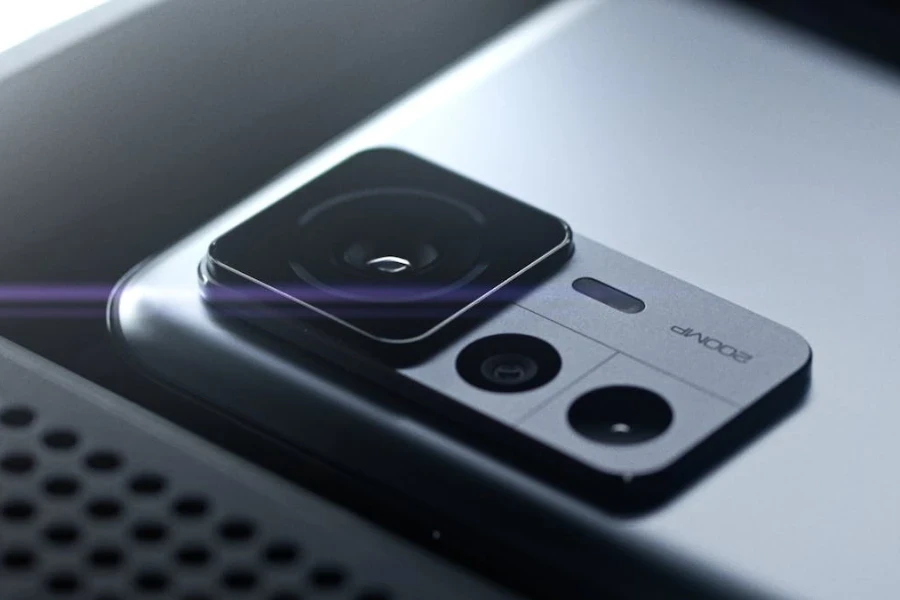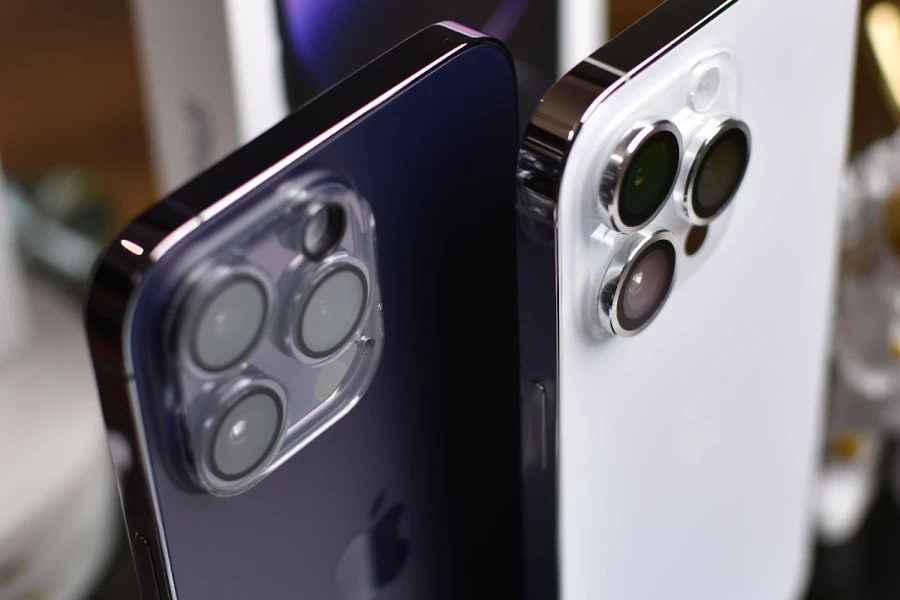Mobile phone cameras have evolved from 0.35-megapixel dinosaurs to 200MP beasts in recent years. Nowadays, some of the top phone camera technologies offer enough clarity to rival dedicated cameras – that’s just how good they have become.
In addition, many phone manufacturers now offer unique technologies that make their models worth investigating, growing the market but making it more difficult for retailers and consumers alike to decide which to buy. That’s why we’ve rounded up the top camera technologies flooding the market in 2024, from Samsung’s megapixel beasts to Xiaomi’s 1-inch sensor.
Table of Contents
How large is the smartphone market?
5 new phone camera tech trends in 2024
Conclusion
How large is the smartphone market?
The smartphone industry is one of the biggest product markets globally, with the number of available models, vendors, and market size having steadily increased since 2008.
In 2022, smartphone shipments stood at a whopping 1.2 billion units, with experts estimating that 68% of the global population used smartphones.
That figure is only going to rise and is forecast to hit 1.45 billion units in 2024 and 1.78 billion units by 2028 at a 4.1% CAGR.
5 new phone camera tech trends in 2024
1-inch main camera sensor

The “1-inch” sensor is one of the leading trends in the smartphone camera industry, and looks to be featured on numerous high-end smartphones in 2024.
Despite misleading marketing (these sensors measure 13.2mm x 8.8mm with a 15.86mm diagonal; far short of the 1-inch, 25.4mm diagonal), the 1-inch sensor still heralds a significant boost in camera performance and a significant upscaling of most sensors currently available.
However, as with all technologies, the actual performance boost will depend on the manufacturer and how they implement it. In theory, such sensors should improve picture quality, upgrade low-light performance, and provide better color accuracy. Top phones like the Xiaomi 13 Pro and Vivo X90 Pro are already proving the impressive results such sensors can achieve.
AI-powered cameras

With AI increasingly touching every industry, it’s no surprise that AI-powered cameras are one of the top phone camera trends in 2024. While most camera improvements were previously attributed to better lenses and sensors, the biggest upgrades will soon be down arise from powerful AI technologies.
The best part is that AI cameras span several technologies that help improve the phone camera experience. These include:
- Computer vision: Phone cameras are becoming increasingly complex with how they process and decode visual data. AI now enhances camera phone features like autofocus, augmented reality, and object tracking.
- Scene detection and optimization: AI-powered cameras also use algorithms to detect various scenes, using the results to adjust settings and provide the best image quality.
- Image recognition: These AI algorithms also use powerful image recognition to identify and classify faces, scenes, and more.
- Deep learning: AI-powered cameras also come with deep neural networks that learn from various data to make predictions and recognize patterns. This technology helps provide scene-specific optimizations, enhance image quality, and apply filters.
Superb video stabilization

Using handheld phones to take video can lead to shaky results, which is why most manufacturers have now adopted video stabilization technology, with Apple and Samsung currently leading the pack.
Video stabilization tech uses algorithms to keep videos steady regardless of the camera’s yaw, tilt, and roll movements.
Three types of technologies dominate this phone camera tech:
- Optical image stabilization (OIS): Unlike the following two advancements, OIS is a hardware solution and uses a gyroscope to detect a phone’s movement, adjusting the camera accordingly. This process ensures zero-distortion videos and reduces unwanted jelly effects.
- Electronic image stabilization (EIS): EIS mimics OIS but without the physical hardware. Instead, it uses the phone’s accelerometer to detect and align camera movements when taking photos (HDR and night mode specifically) and videos.
- Hybrid image stabilization (HIS): HIS provides the benefits of both OIS and EIS. The OIS side offers essential hardware stabilization, while EIS further enhances video smoothness.
Computational photography

While hardware remains important, camera software is slowly catching up. For example, computational photography is now responsible for delivering the improved results once users press the shutter. This range of software algorithms processes and enhances images captured from a smartphone camera, spanning everything from color science to enhancement features like skin smoothing.
For instance, Xiaomi and OnePlus have partnered with camera giants Leica and Hasselblad, respectively, to take their color science to the next level.
Here are some of the things phones with computational photography can do:
- High dynamic range (HDR) imaging
- Panorama stitching
- Image stacking
- Portrait mode
- Low light imaging
- Super-resolution (image upscaling)
- Image deblurring
- Live photo and cinematographs
- Automatic scene detection and optimization
- Software zoom
LiDar technology

LiDar (light detection and ranging) is Apple’s answer to delivering an experience that exceeds simply taking superb pictures. While the technology certainly contributes to clearer images and videos, one of its most common applications is augmented reality (AR).
This technology uses lasers, measuring how long it takes for them to be reflected back from the outside environment. This seemingly simple process is thus able to provide accurate distance and depth measurements.
While Android phones don’t feature this specific technology, they utilize something similar called time of flight (ToF). Such camera technology is able to measure real-life objects, provide greater filter accuracy, and scan real-life objects for 3D modeling – all with the phone’s camera.
Conclusion
Mobile phone cameras continue to boast outstanding performance in 2024. Whereas these devices began taking pixelated, blurry messes, consumers can now enjoy perfect snaps even in low light conditions.
1-inch main camera sensors promise a huge array of hardware enhancements, while AI-powered cameras and computational photography help to deliver the best image experience via software. Finally, video stabilization continues to evolve for improved stable videos, while LiDar technology offers extra attractive features.
By staying abreast of these features, you can better provide the best camera brands and models for your customers in 2024.




